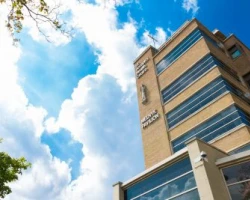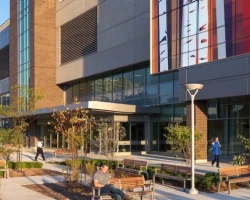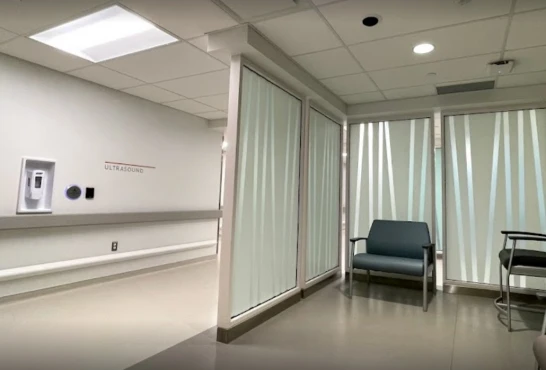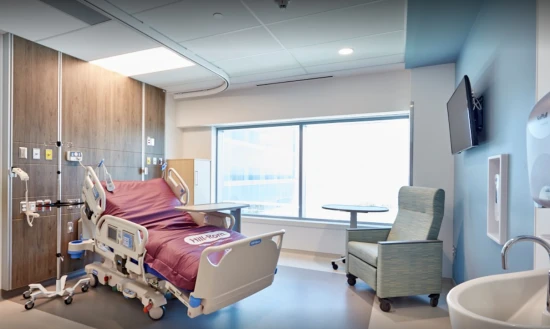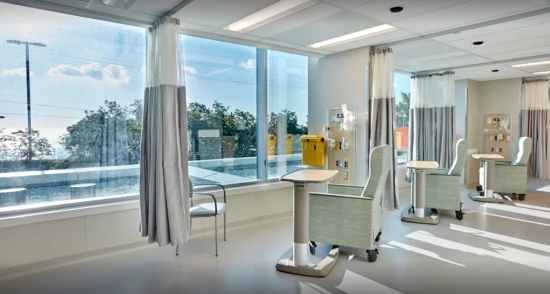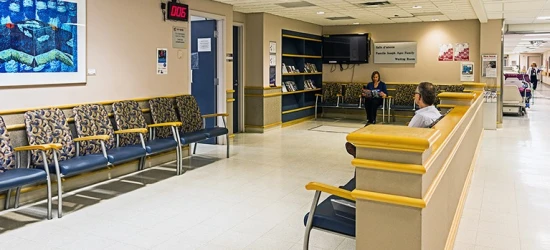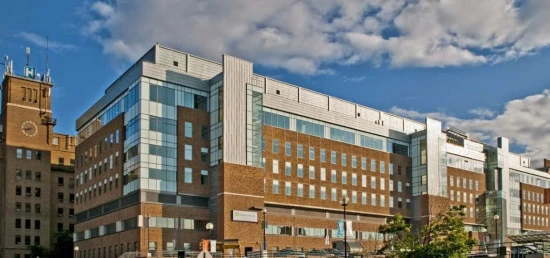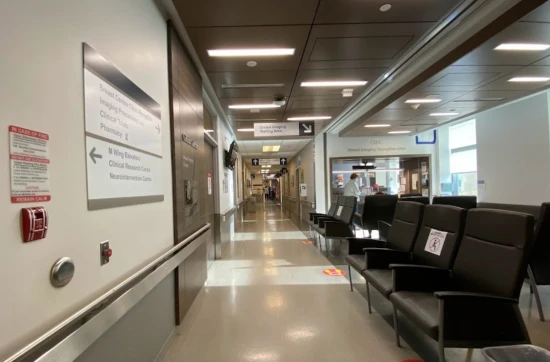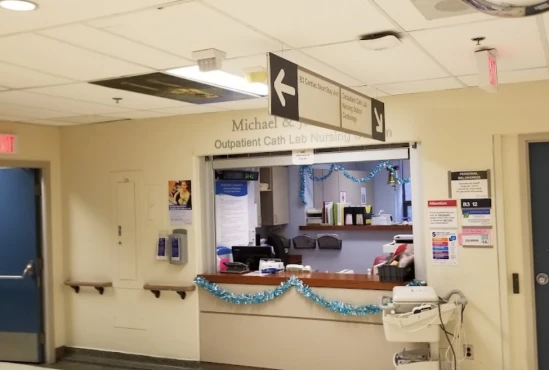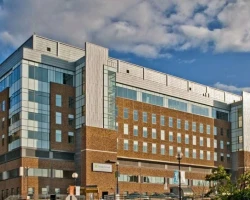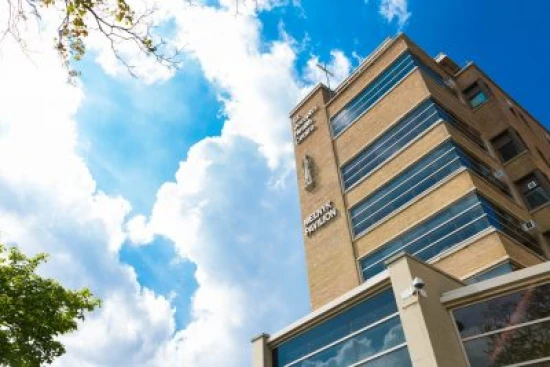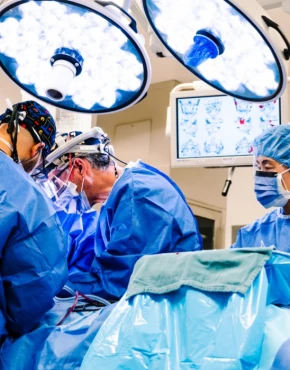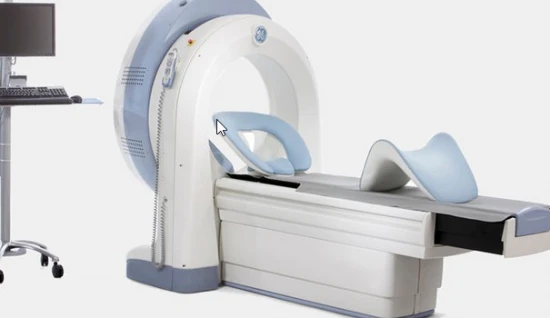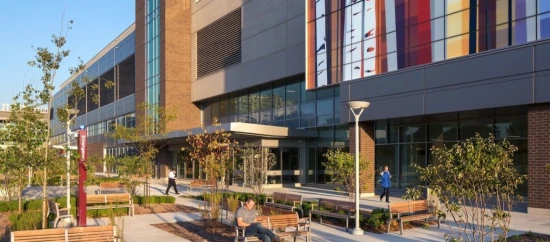from Nermine Hanna
December 07, 2023
Worst ER I have seen, the nurses show zero compassion, waiting time is endless, no proper process for taking patients in is in place, not clean, every time I go there’s blood on the floor which is not cleaned right away. People are left to die, some bleeding some in pain & no one cares. Twice now that I go & I wait hours even before I make it to Triage to get my information taken & i end up leaving.
from Paper guy Dave
October 23, 2023
I was delighted with the treatment I got at Joe Brant last Wednesday, the 18th of October. I arrived around 4PM with a finger I had cut off (I had it with me) and one that was basically dangling. It was a table saw accident. I was greeted immediately and directed to the waiting room. I did have to ask if they should put my finger on ice with the hopes it could be reattached. That was done. The triage nurse was great (sorry, I didn’t get her name) and the person who wrapped my hand the first time equally as great.
I eventually got to the back (it was a busy time) and Dr. Terry Hatch came in and assessed my fingers. He told me exactly what was happening and what was going to happen. And then set the wheels in motion. I was re bandaged, sent for X rays given tetanus shots, and then Dr. Hatch came back in and began to work on shaving the bone etc and stitching up my fingers. It was decided that the one would not be reattached, but the other one was to be repaired.
I felt very well looked after by the main nurse assigned to me, Dr. Hatch and pretty much everyone else. Dr. Hatch was calm, professional, pleasant and excelled at what he did. All my questions were answered simply and calmly, no matter how silly they may have been. I had some prescriptions for pain and antibiotics, and a referral for an appointment for a plastic surgeon (follow up) before I left.
I can’t say enough about Dr. Hatch and the nursing team in Emergency.
Thank you so much for what you do, and the way you do it.
David
from Oliver Rodd
October 18, 2023
Had the greatest if you can say at the ER today. Great people, hard working. Taking care of the sick. Me included. Nurses were awesome, triage fast and friendly. Finally ER, Dr MacDonald great knowledgeable, patient and offer a solution. A referral. Something I couldn't get from my GP who I've known for 20+yrs.
Thank you Joe Brant Hospital


